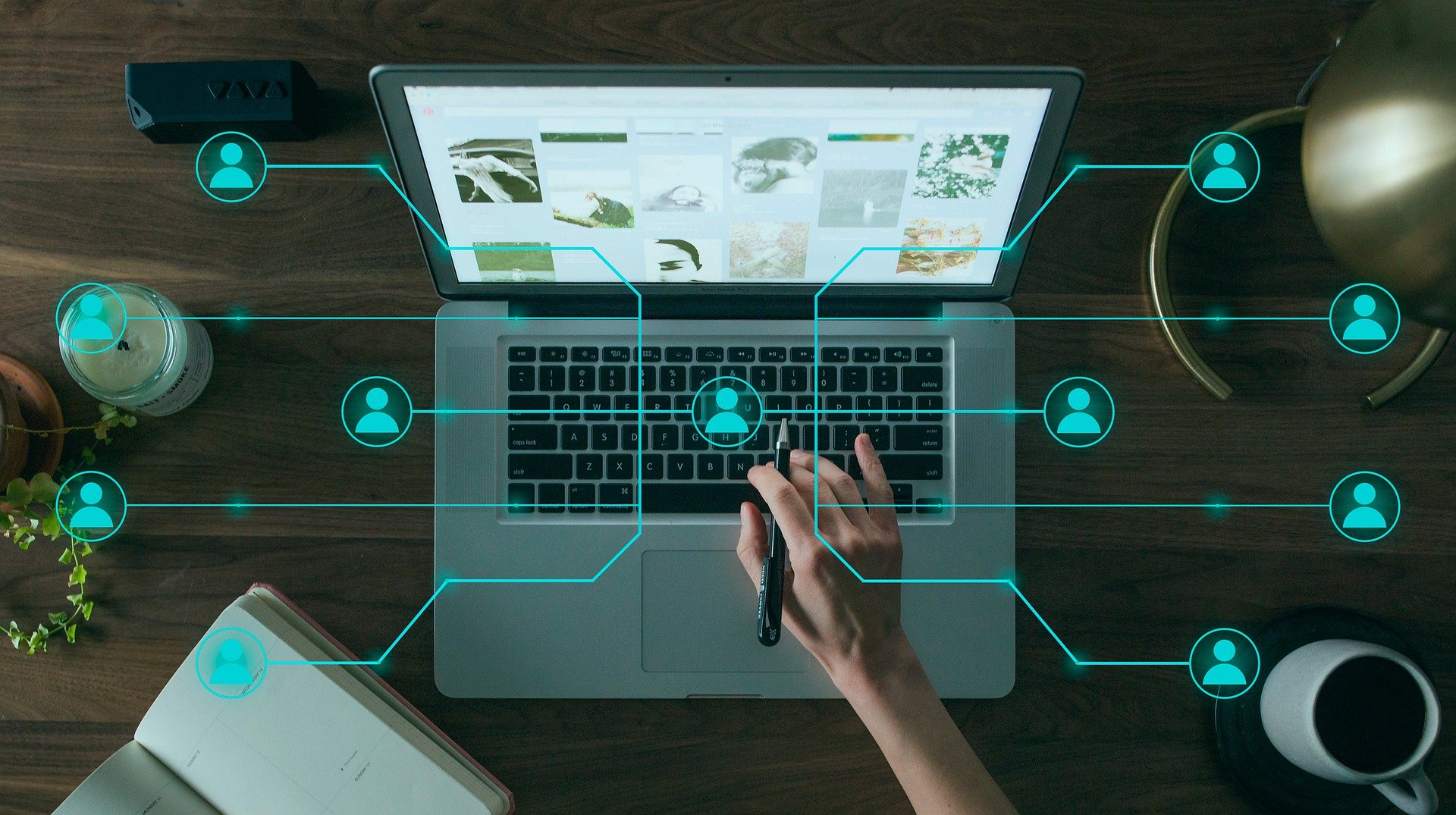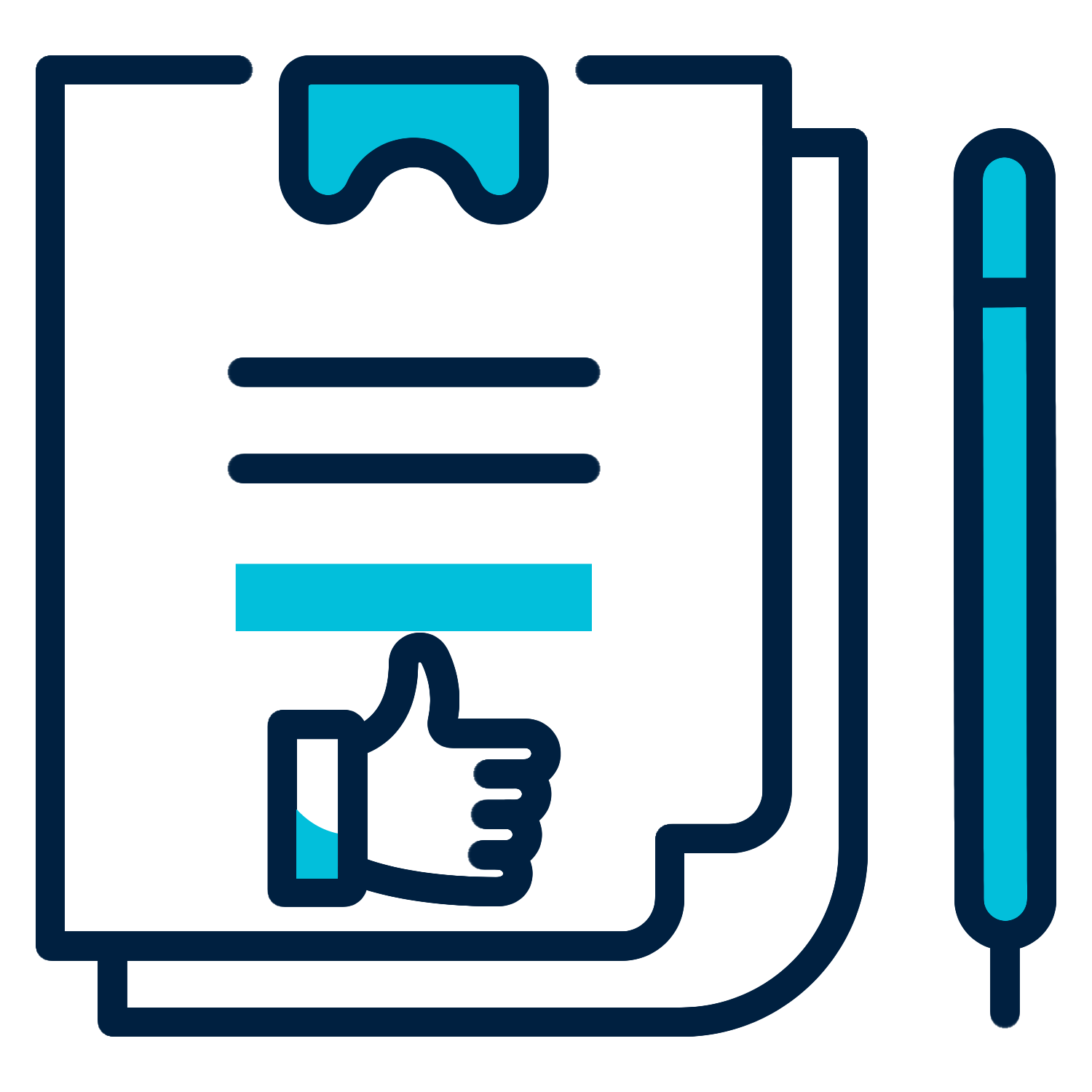Module 3:Communication and Collaboration
The second main area of the EU Digital Competence Framework (DigComp 2.1) is “Communication and Collaboration” in digital environments. This digital competence enables citizens to interact with each other and with communities using digital technologies; sharing, fulfilling civic duties through digital services, cooperating, acting in accordance with internet ethics, and being able to create and manage a healthy digital identity require knowledge, skills and attitudes.
“Effective communication is essential for quality cooperation”
With the developments in digital technologies, communication tools and forms of communication have become more different. Diversified communication possibilities have made it possible to collaborate in more different online mediums. Cooperation in online environments has brought with it the problem of security of personal data. It has become a necessity for people who use digital media to create their digital identities in a reliable manner, to manage their digital identities effectively and to protect their personal privacy. By establishing digital technologies, it has created the opportunity to communicate with other people and communities, as well as to participate in society through public and private digital services and participatory citizenship. In this respect, communication and cooperation in digital environments support the digital citizenship dimension.
2.1 Interacting Through Digital Technologies
Modern digital technologies offer individuals the opportunity to interact and communicate independently of time and space. Individuals can interact with each other using different digital environments or tools and applications in accordance with their digital competence status. In order to be able to interact and communicate with other people and communities, individuals should be aware of the existing digital environment and tools, know the digital tools and environments suitable for the context, purpose and need, understand the positive or negative aspects of the tool or environment they use and the risks that may arise when interacting with digital technologies.
2.2 Sharing Through Digital Technologies
In this digital competence, individuals are expected to be able to share digital content with others in various formats using digital technologies appropriate for the purpose and need. The individual should have knowledge by knowing how and with whom to share the contents and resources in digital environments. In particular, it is necessary to show awareness of copyright in shares and to act in accordance with copyright rules. At this level, the individual is expected to have information about the copyright status of digital content and to control the sources and contents in terms of copyright.
2.3 Engaging in Citizenship Through Digital Technologies
“Engaging in the Online Community”
At this level of competence, individuals are expected to actively participate in the digital society through the use of public and private digital services. The individual should use appropriate digital technologies and environments to take advantage of opportunities for participatory citizenship, and develop and empower themselves within the digital society. Due to civic services or public works, as well as education, health, banking, etc. They need to be aware of various digital technologies in areas and know how to use these media and tools.Individuals are expected to be involved in online networks or communities that cater to their personal needs and to have certain skills to interact, communicate and share using these environments.
2.4 Collaborating Through Digital Technologies
At this level, individuals are expected to use digital technologies, environments and tools effectively for the joint construction of digital resources, information and tangible products. It is necessary to have the knowledge, skills and attitudes needed to be aware of different digital environments, to interact with individuals or communities using these environments, and to create content in various formats in a collaborative way within a healthy communication process. Individuals are aware of the digital technologies with which they will collaborate; using these technologies, it communicates respectfully with others, collaborates with people in different places within the scope of its duties and responsibilities through digital technologies, and can contribute to the production of digital content in a collaborative way at the next stage. Individuals know with whom and through which channels to collaborate, and are aware of the benefits and potential risks of collaborating using digital technologies.
2.5 Netiquette
“Accurate information is the key to healthy communication”
At this level of proficiency, individuals are expected to use digital technologies, environments and tools effectively for the joint construction of digital resources, information and tangible products. It is necessary to have the knowledge, skills and attitudes needed to be aware of different digital environments, to interact with individuals or communities using these environments, and to create content in various formats in a collaborative way within a healthy communication process. Individuals are aware of the digital technologies with which they will collaborate; Using these technologies, it communicates respectfully with others, collaborates with people in different places within the scope of its duties and responsibilities through digital technologies, and can contribute to the production of digital content in a collaborative way at the next stage. Individuals know with whom and through which channels to collaborate, and are aware of the benefits and potential risks of collaborating using digital technologies.
For digital ethics, it can be called the state of exhibiting moral behaviors in all communication activities online. While using digital platforms, social media environments or digital tools and applications, people are expected to use technology appropriately and correctly without harming others, and to be aware of online behavioral norms.In addition, people need to be able to adapt their online communication strategies to a specific target audience and be aware of cultural and generational diversity in digital environments.
2.6 Managing Digital Identity
Individuals at the Digital Identity Management competence level need to create one or more digital identities on digital platforms or social media channels and manage their digital identities and manage the data they produce through various digital tools, environments and services in order to protect their personal reputation and prestige.
In parallel with the developments in digital technologies, especially citizenship services, use of social media, banking transactions, etc. In the digital world we live in, our “identity” on the internet is no less important than our “real identity”. And when creating a digital identity, the individual’s real name and surname, pictures should be used, and sharing personal information with others should be avoided.
Individuals can create their own blogs, websites, Youtube channel, social media accounts in order to effectively manage their digital identities and benefit from the advantages of the digital world, and this can be an indication of the successful management of their digital identity.
You can examine how a sub-digital competency is leveled at the Communication and Cooperation competency level from the image.
DigComp Communication and Collaboration Context in eTwinning Projects
Please watch the video of Alena Jackowska on the “Communication and Collaboration” aspect of eTwinning projects.
LXVIII Liceum Ogólnokształcące im. T. Chałubińskiego w Warszawie
Warsaw/Poland
Discussion
Module Task
1. Create a group of 3-5 people and design a collaborative work explaining the DigComp framework using digital technologies and share it in the Facebook group. The work can be a collaborative video, a presentation, infographic, mind map, etc. it can be a work. Please describe the communicative and collaborative aspect of your work when you complete the task.
You can use the following tools in the work: Powtoon, Genailly,
2. Please do not forget to answer the quiz questions about the Module.
Module Badge

















